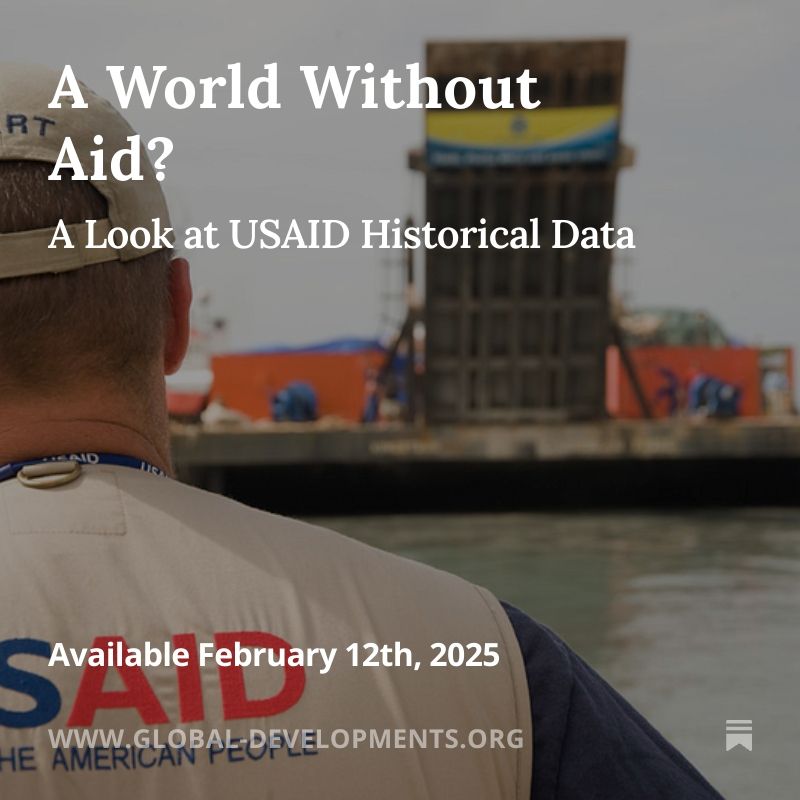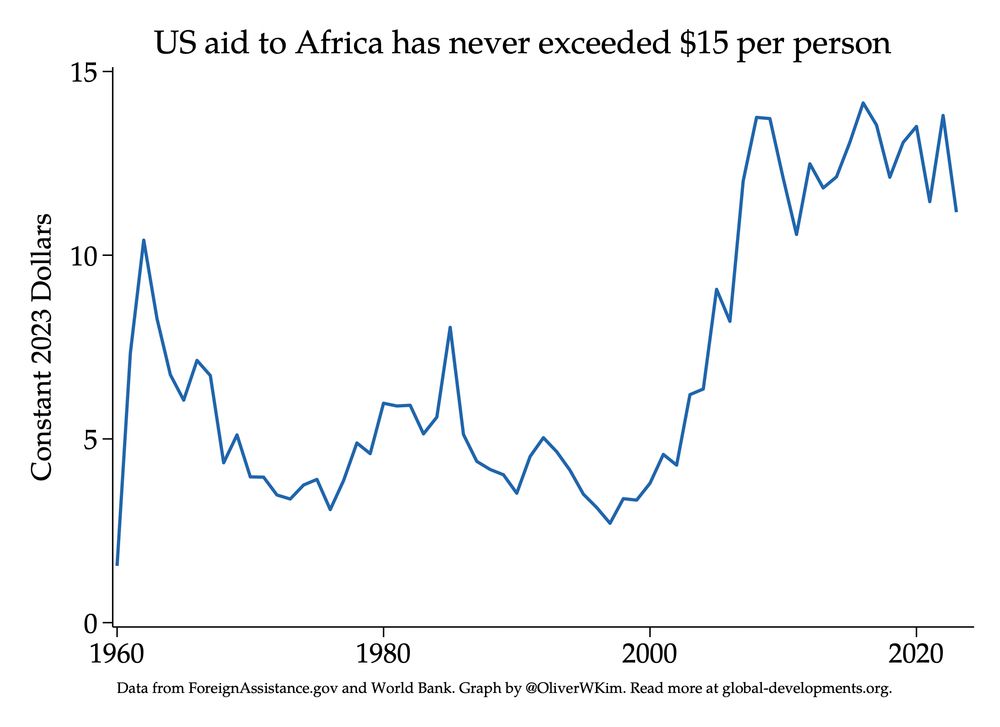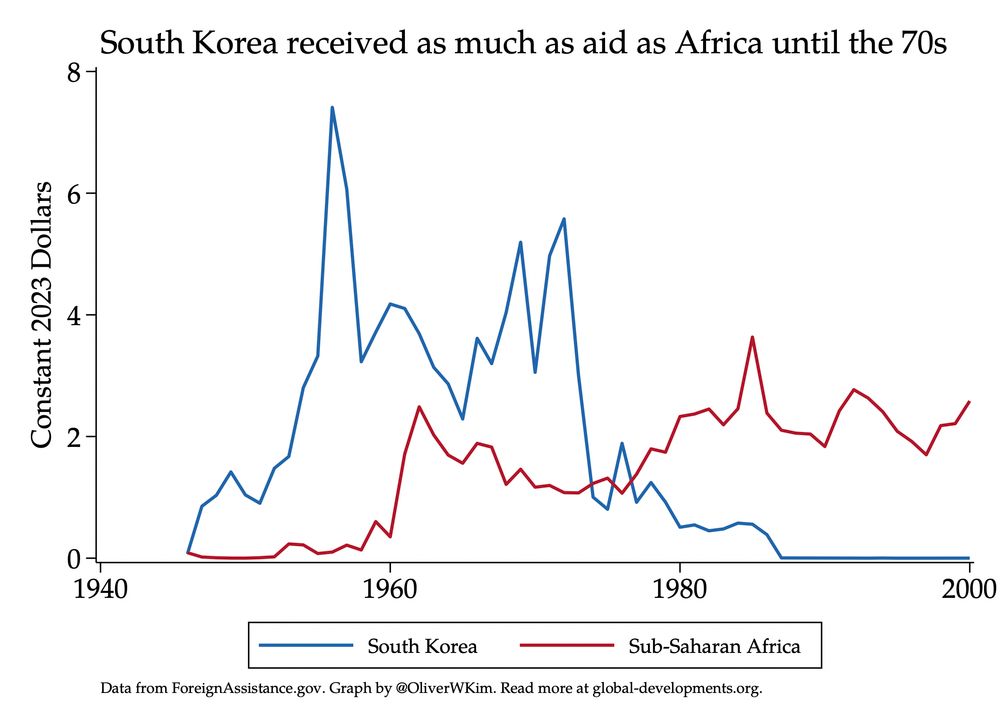
Blog: www.global-developments.org
Personal: www.oliverwkim.com
Our data lets us test this: we see the state's firm-level export targets, set before contracts were awarded.
Targets didn't rise before the contract, but realized exports did—ruling out selection on expected growth.

Our data lets us test this: we see the state's firm-level export targets, set before contracts were awarded.
Targets didn't rise before the contract, but realized exports did—ruling out selection on expected growth.
Contracting firms also responded more strongly to 🇰🇷's 1970s HCI drive, showing contracts + industrial policy were complementary.

Contracting firms also responded more strongly to 🇰🇷's 1970s HCI drive, showing contracts + industrial policy were complementary.
The causal impact of winning a contract? Massive.
We find it caused a 46 pct point jump in the firm's likelihood of exporting, and a tripling of export value.

The causal impact of winning a contract? Massive.
We find it caused a 46 pct point jump in the firm's likelihood of exporting, and a tripling of export value.
These contracts summed to $766m, peaking at 2.9% of Korea's GDP in 1968—rivaling the Marshall Plan.

These contracts summed to $766m, peaking at 2.9% of Korea's GDP in 1968—rivaling the Marshall Plan.
www.global-developments.org/p/a-world-w...

www.global-developments.org/p/a-world-w...
Roughly $5 of that goes to PEPFAR, one of the most effective public health interventions we know of.

Roughly $5 of that goes to PEPFAR, one of the most effective public health interventions we know of.
Some of this aid supported the Joint Committee on Rural Reconstruction, which oversaw the famous 1950s land reform, and also crucial work on ag extension.

Some of this aid supported the Joint Committee on Rural Reconstruction, which oversaw the famous 1950s land reform, and also crucial work on ag extension.
One crazy fact is that South Korea received more aid than all of Sub-Saharan Africa combined, well into the 1970s. An under-appreciated feature of the East Asian Miracle!

One crazy fact is that South Korea received more aid than all of Sub-Saharan Africa combined, well into the 1970s. An under-appreciated feature of the East Asian Miracle!
eml.berkeley.edu/~enakamura/p...
eml.berkeley.edu/~enakamura/p...

